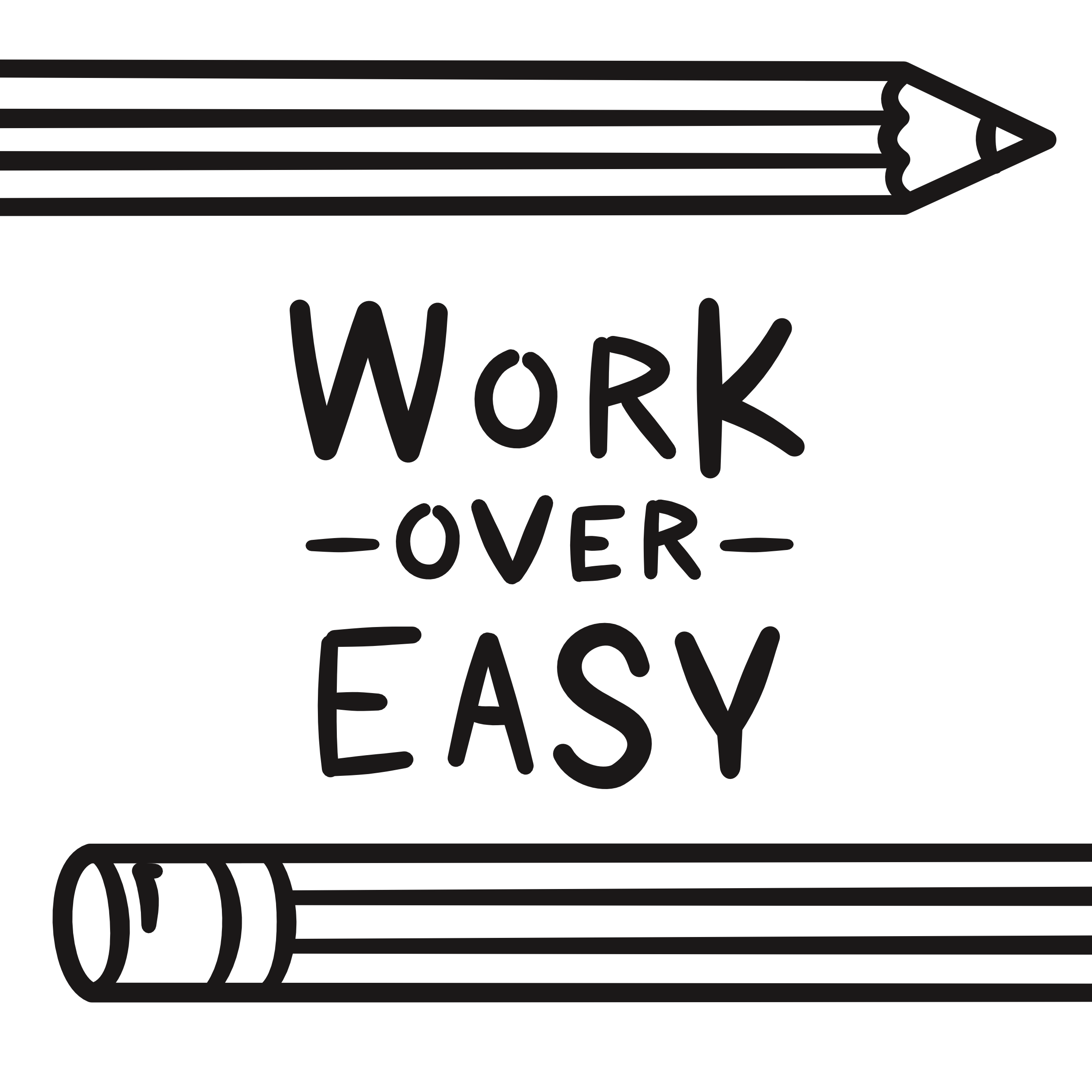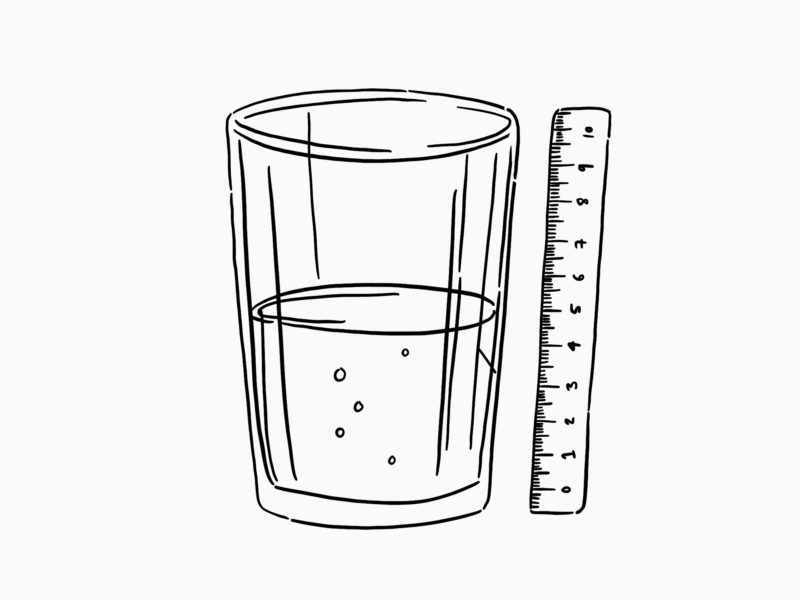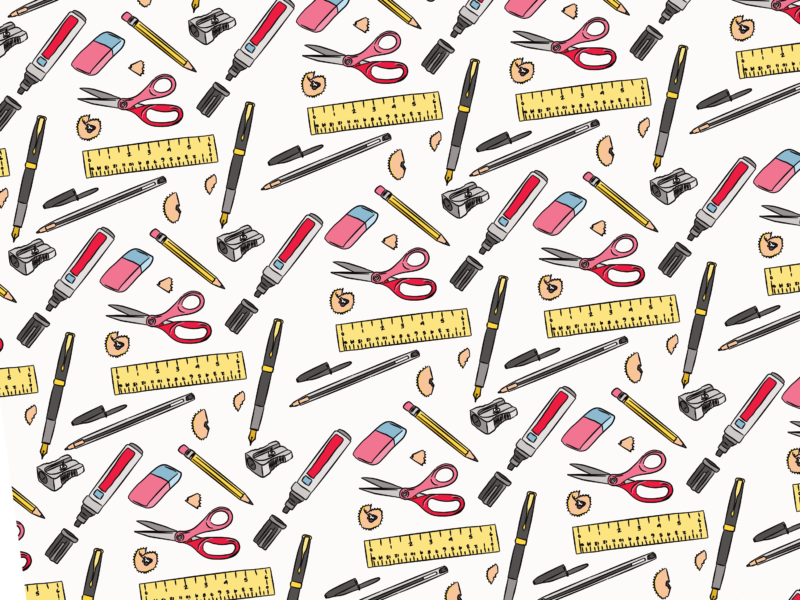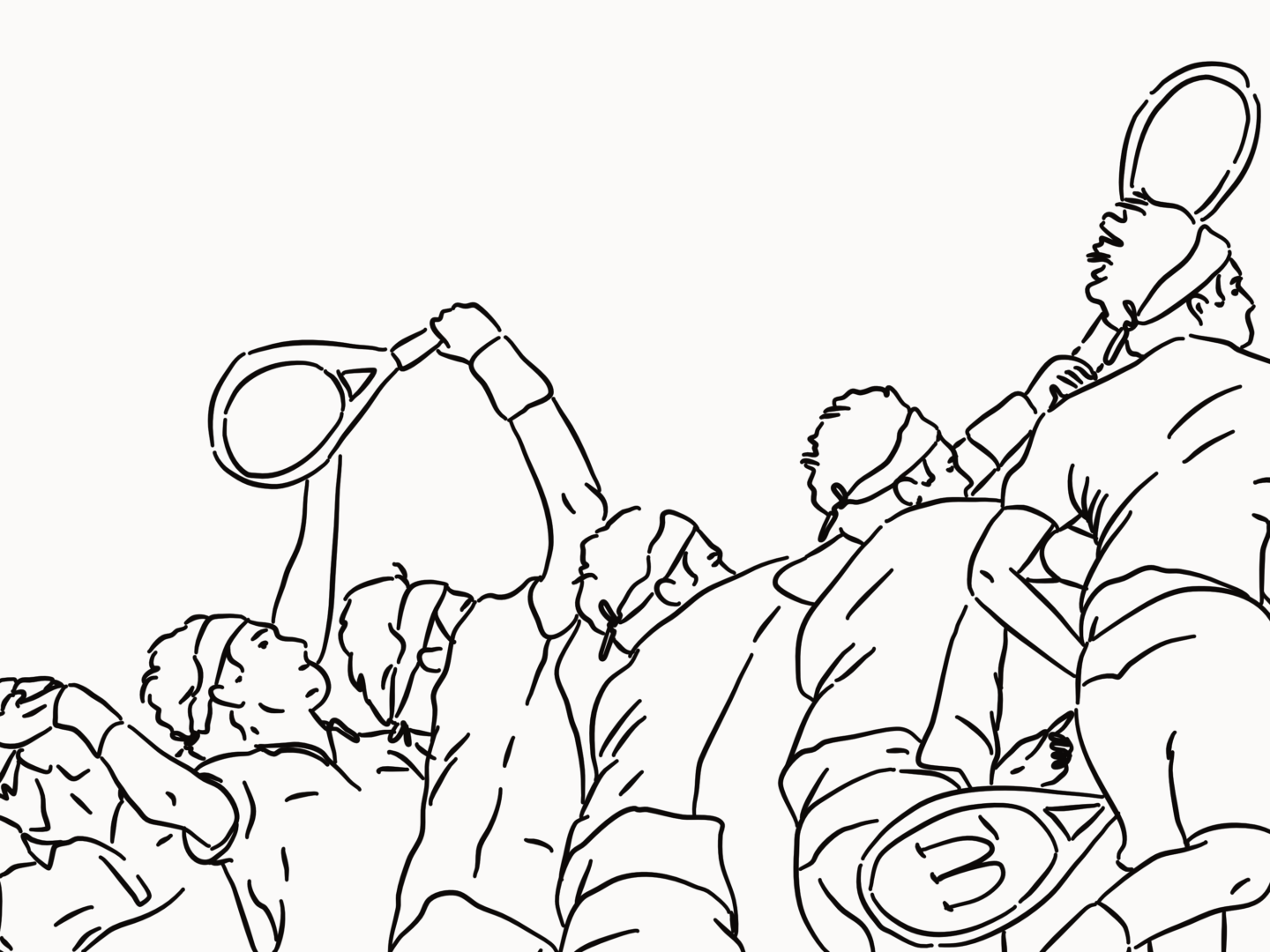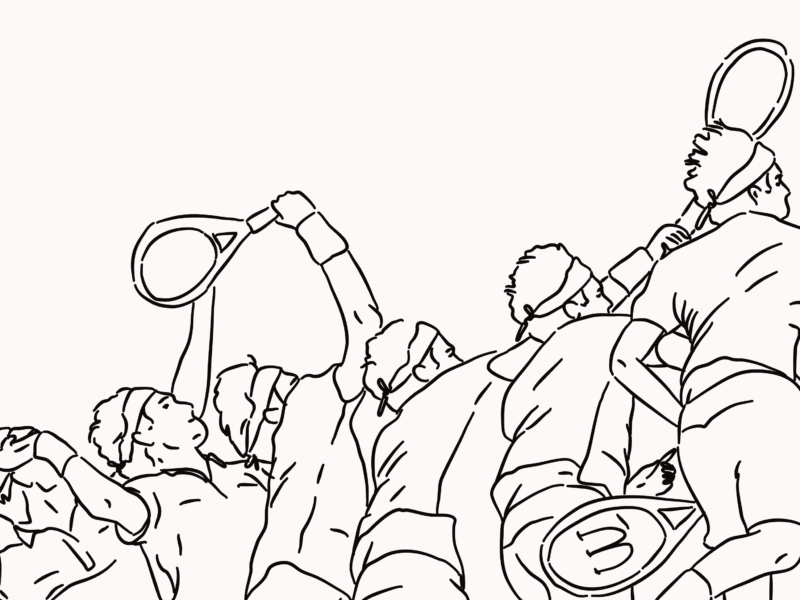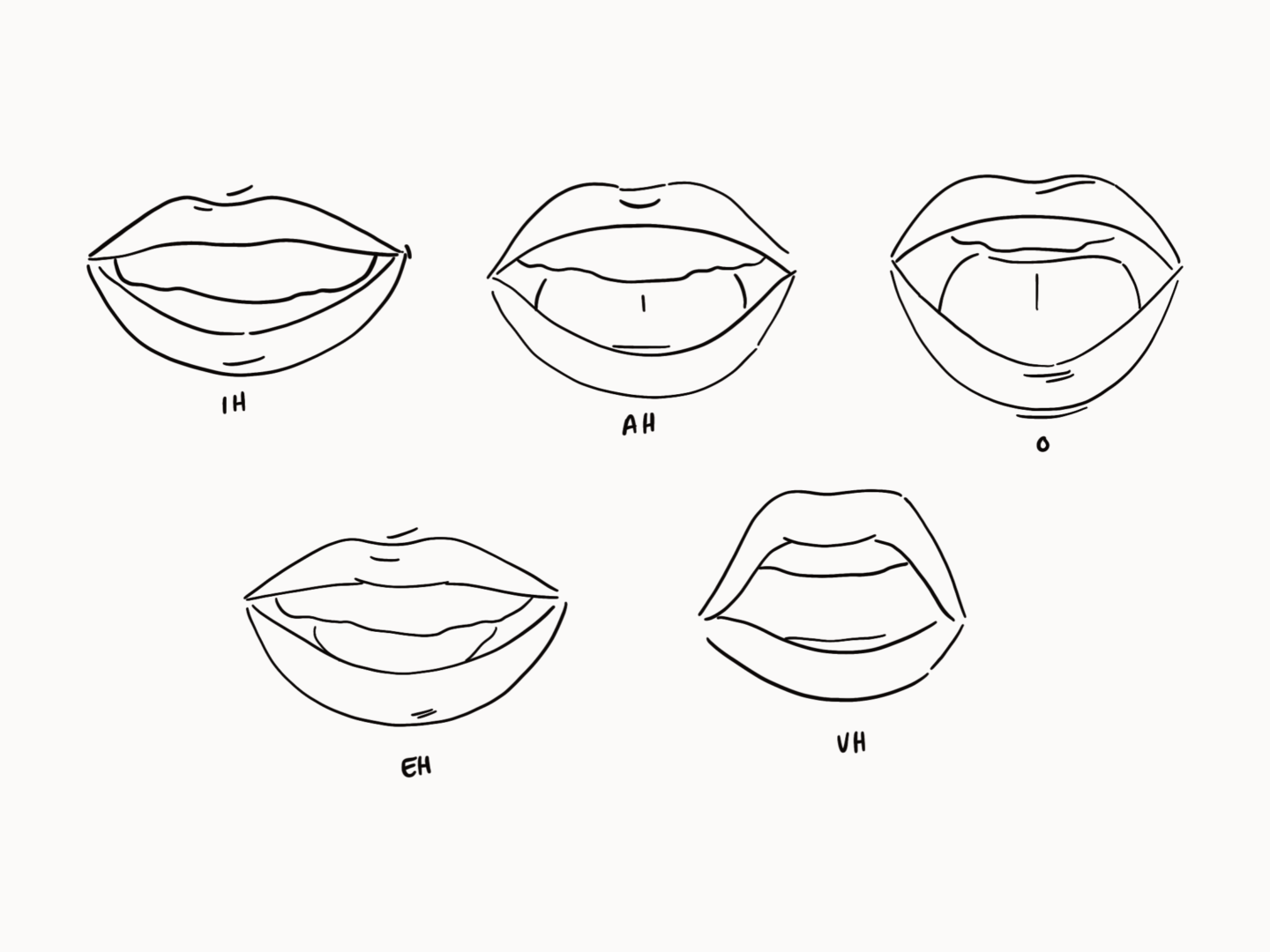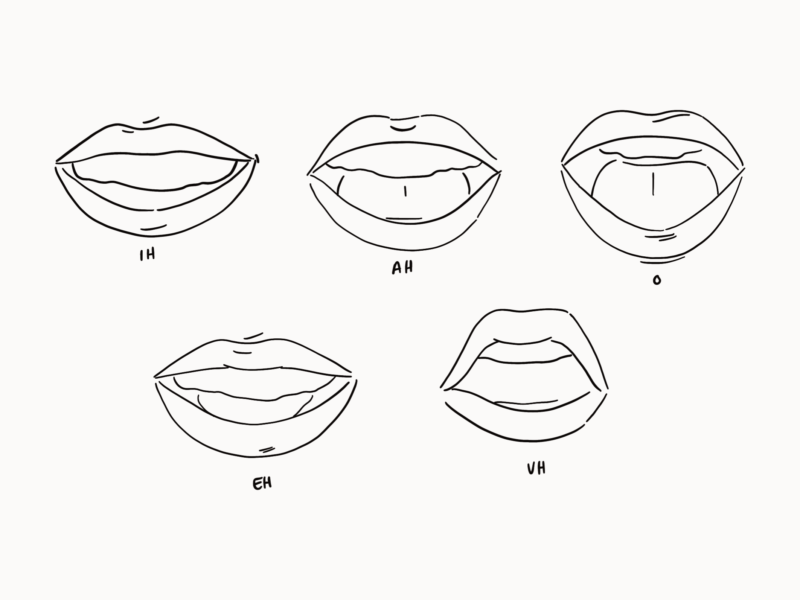We’re pretty much halfway through the year (say what?!) so I thought it was about time I checked in my goals for the years and gave you a bit of an update, because you, dear readers, keep me accountable all 3 of you!
What did I set out to do?
- Read 25 books.
- Take a photo/video of some kind every day.
- Learn 10 new skills.
- Do 120 hours of exercise.
- Implement a better sleep schedule.

How am I doing?
I’ve actually taken down my big goals poster because it was making me feel worse rather than motivating me to be better. I want to be honest with you because you don’t always reach the goals you set, so here’s a little update on how I’m doing on those 5 things, and beyond:
- I’ve fallen behind on my reading, I’m only up to 9 books so far. But I’m committed to bringing this one back. There are some great autumn releases coming – Nobody Cares anyone? – so there are loads to get me reading again.
- This is the second time I’ve kind of given up on this one. I’m not sure what to do to make it stick. I have kept up with my journal though, and I really want to make sure I take plenty of photos of my upcoming holiday.
- This is one I’ve really stuck to in spirit rather than the letter of the goal, I’m at 3 new skills so far but I’ve been committed to learning and trying to push my work in new directions which I think is just as important.
- I’ve stopped recording this, but I’m still running 4 times a week and doing yoga most nights. I’m in the best shape I’ve ever been in and I’m exercising because I want to so I’ve stopped making it something I have to tick off.
- Yeah, that’s just not happening. It’s a bit more regular but I think I just have to work with how my body wants to roll at this stage.
This year my resolutions have fallen by the wayside because I’ve chosen to focus on shifting my lifestyle and my schedule more. So I might have failed at some of those specific goals but I’m getting so much more out of my days now.
I genuinely think I might be in the best place I’ve been for quite a while. I’m not making the most I ever have, but I am feeling good in myself which is arguably more important.
It’s okay to change your goals and your focus as long as you keep going.
For the second half of the year, I want to build on those changes. I want to keep focusing on feeling settled in my self and start to finally make the work I’ve been talking about and thinking about for the last 6 months.

